It would be hard to overstate the symbolic importance of Chapultepec Park, not only to Mexico City, but to the country as well. It has played a key role in Mexico’s history since the Mesoamerican era, with emperors and presidents eager to leave their mark on it. But its recent history also includes neglect. To his credit, President Andrés Manuel López Obrador (AMLO) has tried to address this, but not without some controversy.
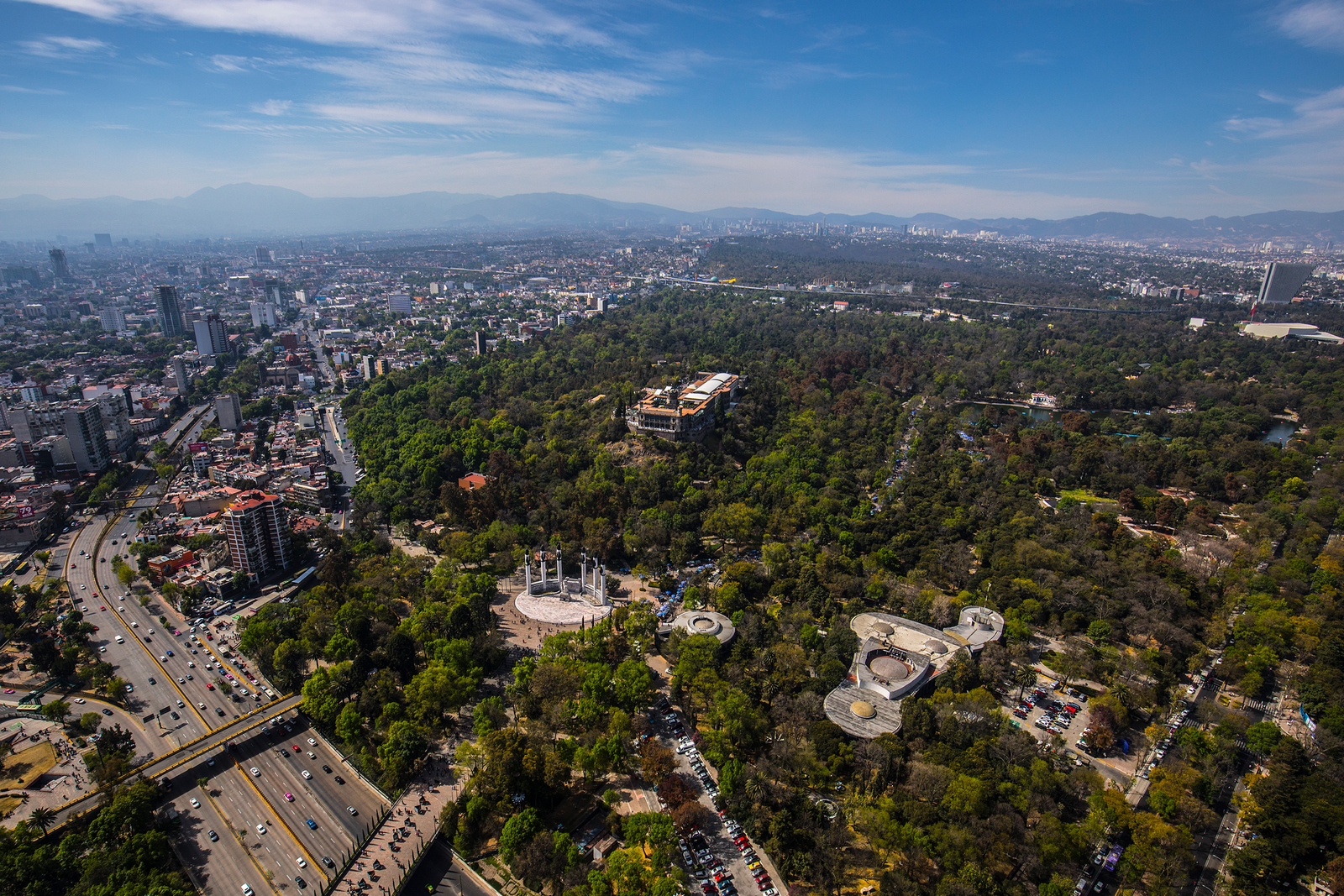
A little history
Chapultepec’s special status began with the Aztec Empire. Surrounded by the brackish waters of Lake Texcoco, the island capital Tenochtitlan depended on the springs of this forest for potable water. As a reserve, it became exclusive to emperors, who used it as a getaway.
This dual role would continue through the colonial period, with the first “castle” built here in the sixteenth century. Later, it was replaced by Chapultepec Castle, which still sits atop “grasshopper hill,” which gives the green space its Nahuatl name.
Chapultepec remained closed off to the public through most of the nineteenth century, despite the disappearance of Lake Texcoco and the growth of the city towards it. This changed when Porfirio Díaz decided to open it to Mexico City residents as a premier recreational area, following the lead of European cities; he added walking paths and an artificial lake in what is now known as the park’s first section.
In 1882, Chapultepec Castle became the residence of Mexico’s executive and remained so until the 1930s, when President Lázaro Cárdenas, who refused to live there, opened it to the public as a history museum, which it remains today.
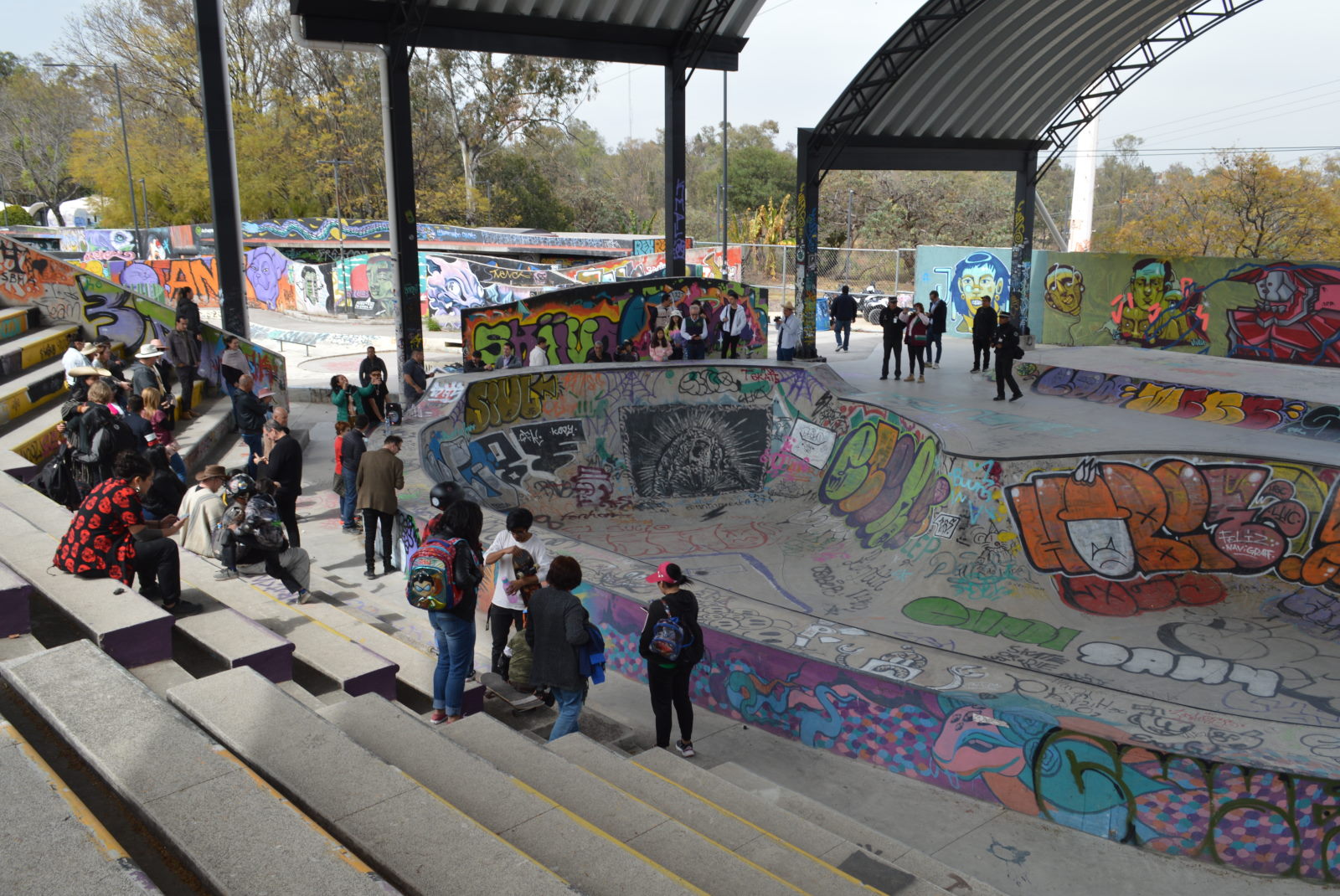
Expansion and modifications
This “loss” of exclusivity did not lessen Chapultepec’s prestige, but rather modernized it. During the twentieth century, various administrations looked to make their mark with many additions, most notably a zoo, the Museum of Anthropology, the Museum of Modern Art and the Papalote Children’s Museum. The park was also expanded twice: the second section was added in 1964 and the third in 1974 to conserve green space in a rapidly-growing metro area. All of it was open to the public with the notable exception of Los Pinos, the presidential residence after Chapultepec Castle.
Today, Chapultepec is a favorite weekend spot of Mexico City residents, and one of the capital’s major tourist attractions. It receives more than 15 million visits a year, but the vast majority of visitors visit only the first section and part of the second. The other areas have been relatively inaccessible, due both to the lack of public transportation and the ravines that criss-cross them. Most fell into neglect and were all but given over to crime and even feral dogs.
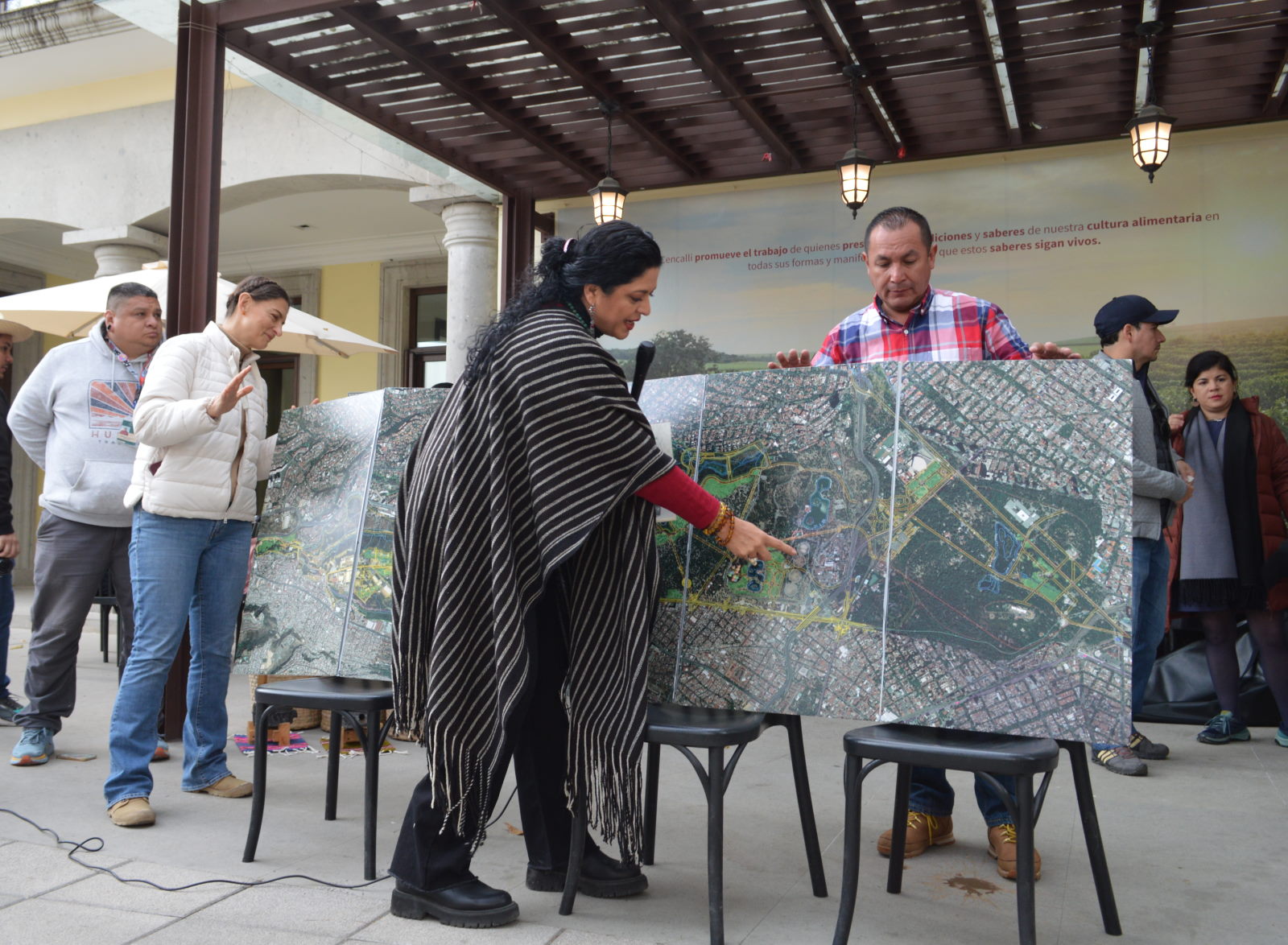
López Obrador’s project
Andrés Manuel López Obrador was mayor of Mexico City in the early 2000s, when there were some efforts to rehabilitate these sections of the park, but with limited success. This may be one reason why, as president, he has given the park special attention. On the campaign trail, he promised to open Los Pinos to the public as a cultural center—a highly symbolic act which rejected the precedent of the 14 presidents before him. As president in 2019, he announced plans to convert the entire park into “the largest and most important artistic and cultural space in the world.”
A huge project named “Chapultepec: Nature and Culture” has been working over the past five years (six if you count Los Pinos) to revitalize and to add a new fourth section to the park.
New and renovated installations
The project’s vision for sections 1-3 is mostly to rehabilitate and upgrade the often deteriorated environments and installations, and make the sections more accessible both from the outside and from within. One important work toward this end is the “The Floating Walkway” (Calzada Flotante), a huge pedestrian bridge that is almost a park in itself, connecting the first and second sections divided by the Anillo Periférico ring road. The other is the construction (still in progress) of a “cablebus,” a ski-lift like public transportation with stops in all three sections and a terminus in the new fourth.
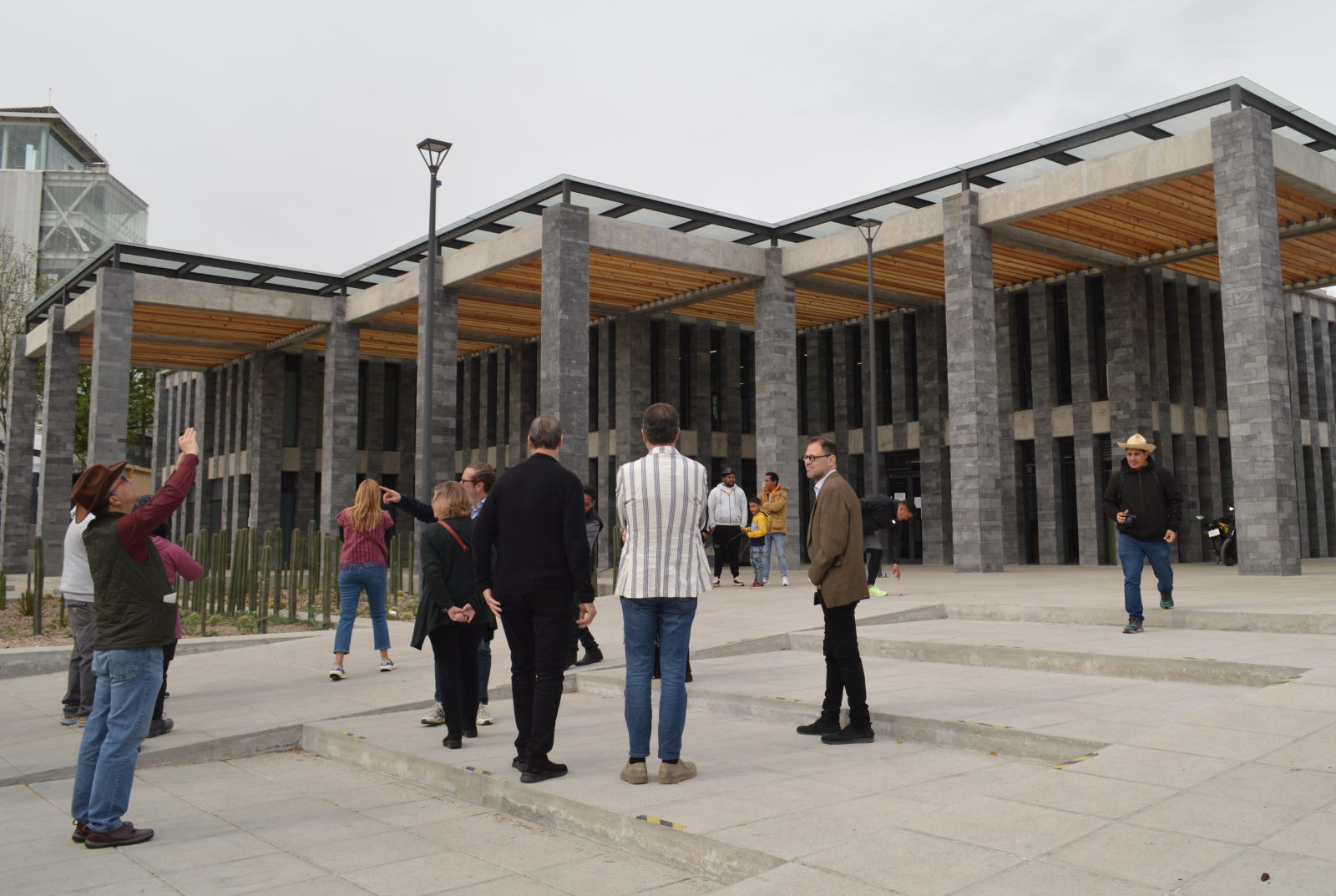
Many of the cultural institutions in the park received long-delayed maintenance and overhauls, including the Natural History Museum, the Modern Art Museum, the Zoo and the Museum of Anthropology. One outwardly-impressive construction is the new facilities of the Dolores Cemetery, the final resting place of icons such as Diego Rivera and Frida Kahlo. Still a working cemetery, its chapel and other ceremonial areas received tremendous upgrades readily visible from Constituyentes Avenue.
The focus in the remainder of section 2 and in section 3 has been on cleaning up the environmental damage and resolving security issues to make people want to visit. The area is now patrolled by the federal National Guard, and the feral dog population has been removed. There are also ongoing efforts to reforest more than 1,400 hectares and clean up the ravines and springs.
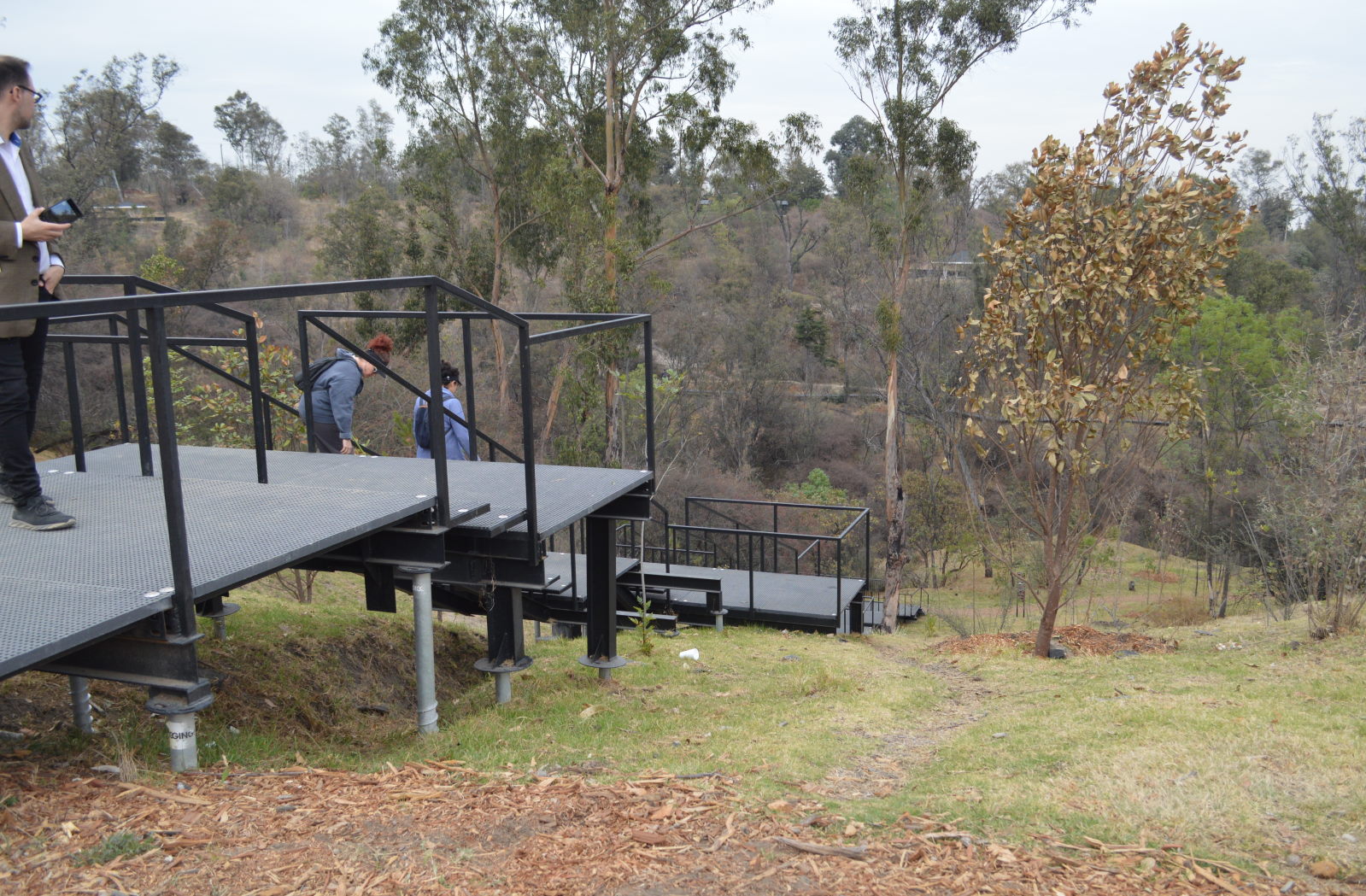
To make it easier to wander this area, paths and a series of bridges will eventually connect with the Dolores Cemetery in the second section. One “addition” is the Urban Culture Park, which took the old pools and other installations of the El Rollo and Atlantis water attractions and turned them into spaces for skateboarding and street art.
The major additions are in the new fourth section, now slated to open to the public by July 2024. The old munitions factory and an early colonial religious hermitage are being renovated into cultural spaces, but the main projects are related to the visual arts and cinema.
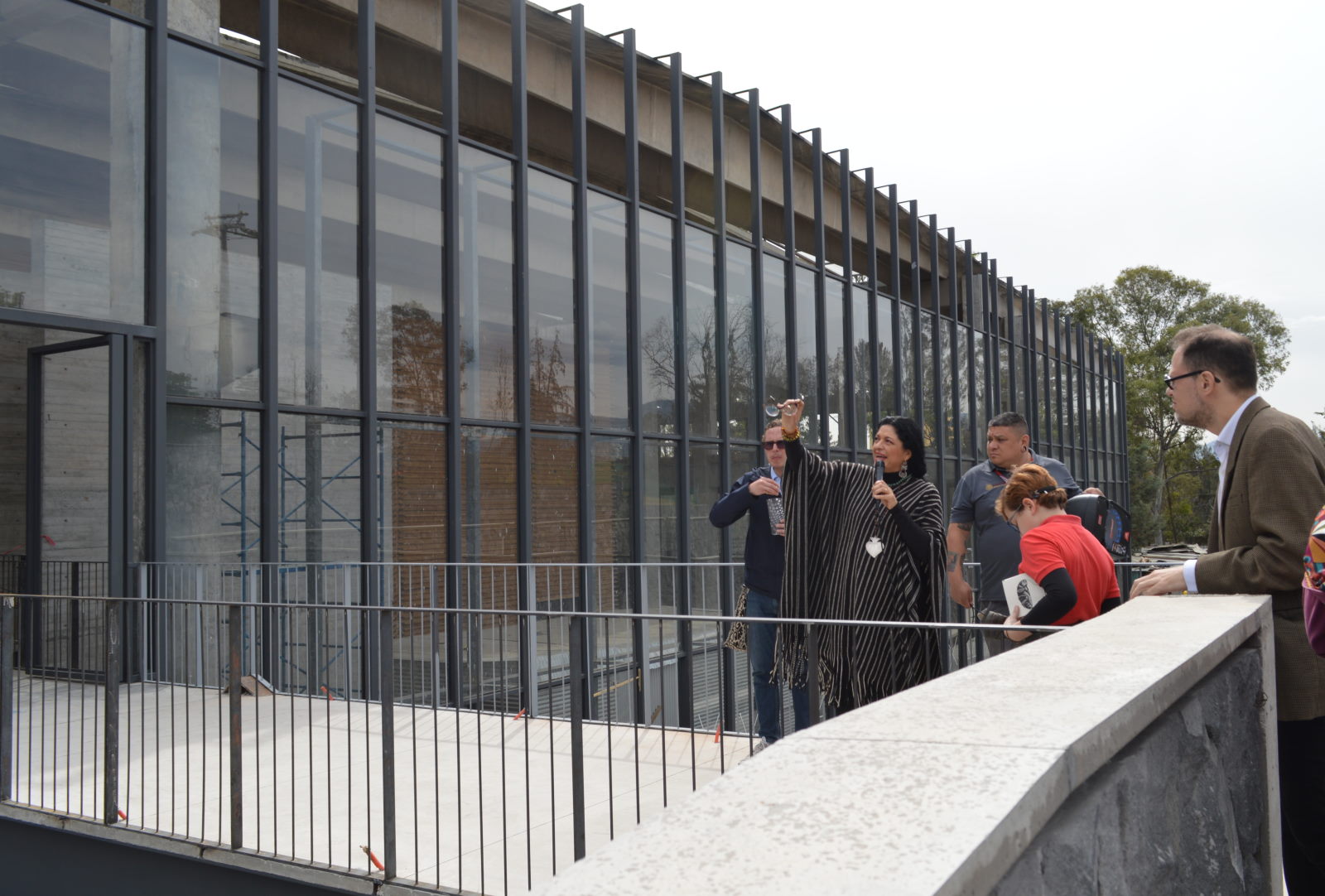
The National Art Warehouse (Bodega National de Arte) aims to house much of the Mexican’s huge collection of art in optimal conditions, and will have facilities for conservation, restoration and the training of experts in these fields. Both this and the Chapultepec Film Library (Cineteca) are designed by renowned architect Mauricio Rocha. The Cineteca will complement the national film facilities in various parts of the city, and will also have some production capability.
Why so much focus on Chapultepec?
Chapultepec has been a priority project for this administration and its ally, Mayor Claudia Sheinbaum, who is running to succeed López Obrador as president.
Chapultepec: Nature and Culture is a logical extension of work done to the park since the time of Porfirio Díaz, transforming it from an exclusive area for the elite into a world-class public facility. Following various delays, the push is now on to complete as much construction as possible before the end of the administration.
Is this gargantuan project a “vanity” project? López Obrador has long called his quest for the presidency, and his term in office, as Mexico’s “Fourth Transformation,” and Chapultepec project is a monument to that. With so much change over so much of the park, the whole thing now serves as a reminder of “transformation.”
But not everyone has been impressed with this huge undertaking. Calling the project a “white elephant,” journalist and art critic Edgar Alejandro Hernández complained about the cost in an op-ed for the respected magazine Gatopardo. For each year of the administration, Chapultepec: Nature and Culture has taken between 20 and 30% of the entire federal cultural budget, leaving many activities and projects in the nation without resources, he says.
I must also note my doubts about the National Art Warehouse and Film Library’s public value. I was invited to see them: they are still in progress, but I was struck by how isolated they are. Secretary Frausto emphasized what kinds of public events both will have, but their main function is the safeguarding of federally-owned art as well as the training of experts in their handling. In addition, a second warehouse will rent space to private art collectors, many of whom live in the highly exclusive areas northwest of the park.
Leigh Thelmadatter is a freelance writer whose first book, Mexican Cartonería: Paper, Paste and Fiesta, was published by Schiffer in 2019.
Related articles on MexConnect
- Chapultepec: Mexico City’s urban forest (Allan Wall)
- Child heroes and Mexican myths (Marvin West)

